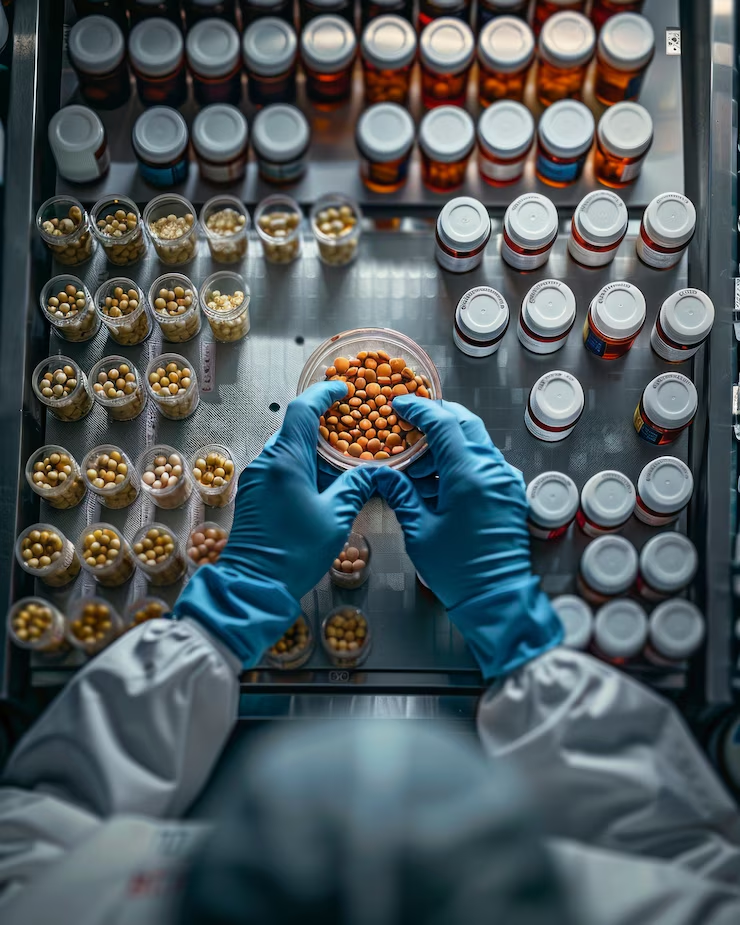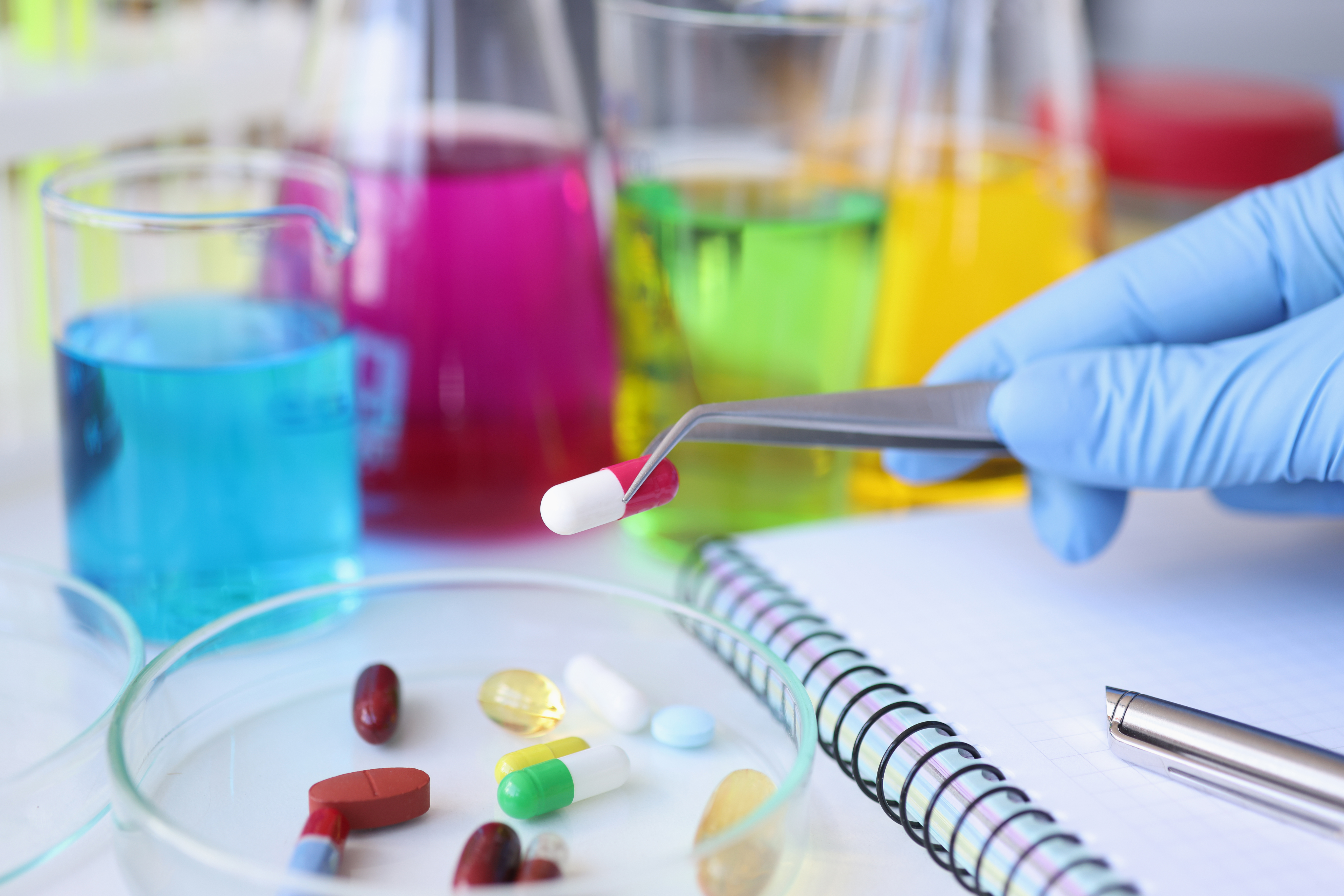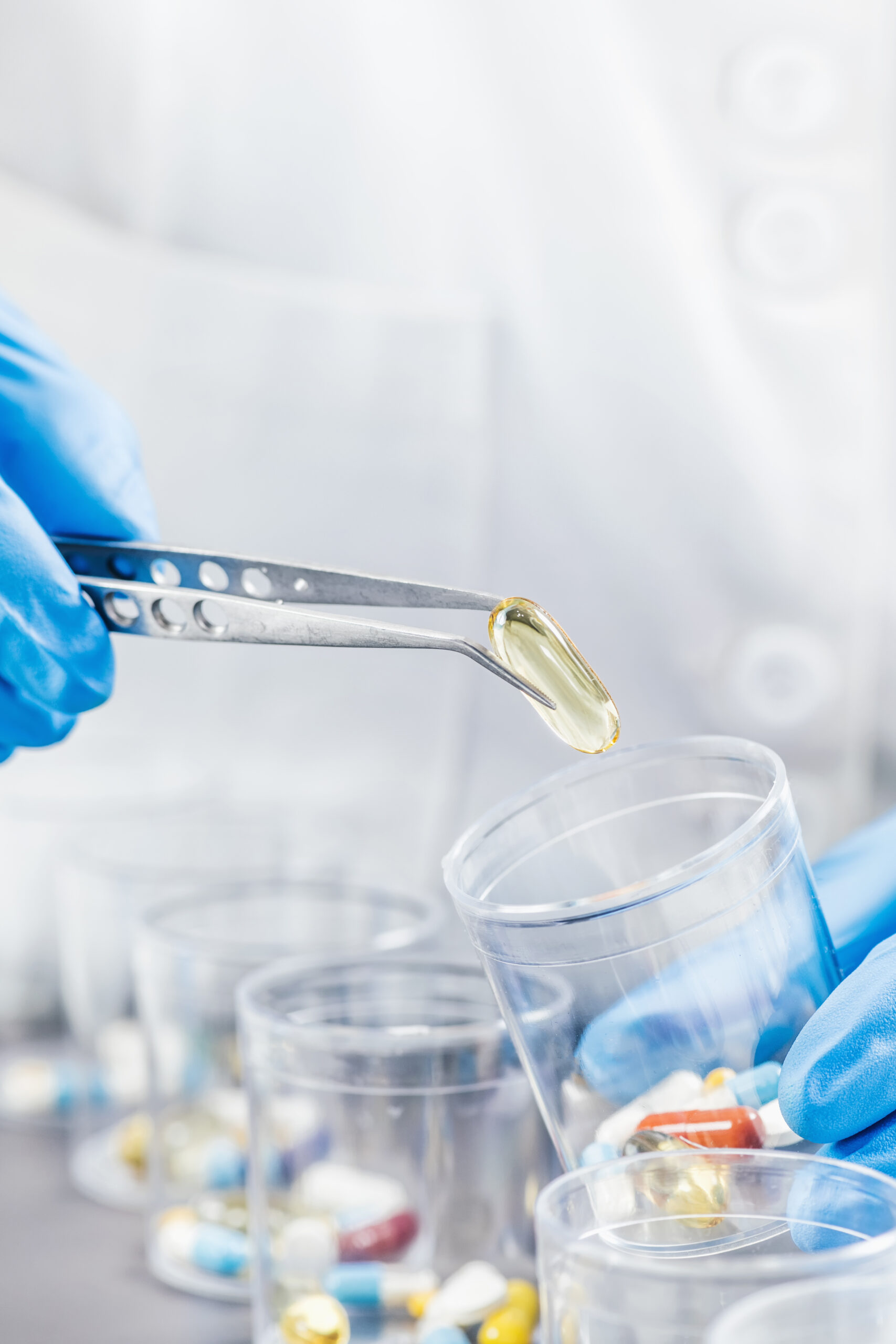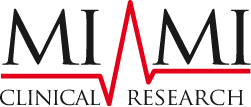Drug Development Process
The Drug Development Process
The development of a new drug is a highly complex, time-consuming, and resource-intensive process. It involves rigorous scientific research, regulatory scrutiny, and ethical considerations to ensure that a drug is safe and effective before it reaches the market. The journey from initial discovery to an approved medication can take 10 to 15 years and costs billions of dollars. The drug development process is typically divided into several key stages: discovery and preclinical testing, clinical trials, and regulatory approval.


Discovery and Preclinical Testing
Drug discovery begins with identifying potential compounds that could affect disease processes. Researchers study the biological mechanisms behind diseases and look for ways to interrupt or influence them. Once a promising compound is identified, it undergoes preclinical testing in laboratory settings and on animal models. The goal at this stage is to evaluate the drug’s basic safety profile, determine dosing ranges, and observe potential toxic effects.
Preclinical studies help researchers decide whether the compound should proceed to testing in humans. If the results are favorable, the sponsor (usually a pharmaceutical company) submits an Investigational New Drug (IND) application to regulatory authorities like the U.S. Food and Drug Administration (FDA).
Clinical Trials: Phase I to Phase III
Once the IND is approved, the drug enters clinical trials, which are conducted in three main phases:
- Phase I focuses on safety. Small groups of healthy volunteers or patients receive the drug to determine its safety, tolerability, metabolism, and pharmacokinetics.
- Phase II evaluates the drug’s efficacy and continues monitoring for side effects. This phase involves more participants and aims to gather preliminary data on how well the drug works.
- Phase III is conducted on larger populations and compares the new drug to standard treatments or placebos. This phase collects comprehensive data on efficacy, safety, and overall benefit-risk ratio.
If Phase III trials show that the drug is effective and safe, the company submits a New Drug Application (NDA) or Biologics License Application (BLA) for regulatory approval.


Regulatory Review and Post-Marketing Surveillance
Regulatory agencies review all clinical data and decide whether the drug should be approved for use. If approved, the drug enters the market. However, surveillance continues in Phase IV, or post-marketing studies, to monitor long-term effects and rare side effects not observed in earlier trials.

